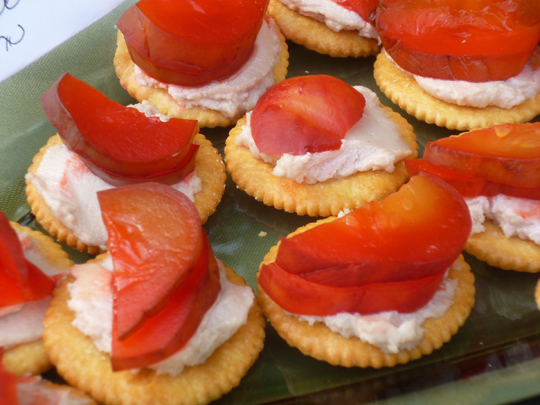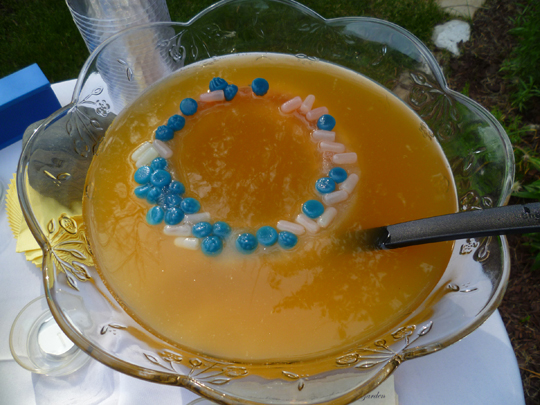Locality has become one of those culinary buzzwords. A shift towards an appreciation and stewardship towards the local production of food can not be a bad thing, supporting local economies and connecting us closer to the sources of our food. Yet this preoccupation can become fetishistic, evidenced in a popular skit on the sketch comedy show, Portlandia, which portrays a hipster couple dining at restaurant who quiz their server about the provenance of the chicken offered on the menu to the point where they leave the restaurant to visit the chicken farm to verify its legitimacy. Those with the privilege of education and expendable income, such as myself, are willing to shell out upwards of $4.99 per pound for simple groceries such as apples and potatoes that are grown organic- ally, sustainably, and locally. We know that potatoes grown conventionally soak up off the charts amounts of pesticides and fungicides and that fragile hybrid apples are also doused with more icides than any other fruit. And we pay for it.
I taught in Chicago Public Schools for five years. I was appalled by the diets of my students. At lunch they were served industrially produced, hydrogenated fat laden, pink slime infested sub par junk food. Likely the result of a hefty contract between the school and an industrial agri- giant corporation like Tyson. It sad- dened me even more to hear about what my kids ate for dinner, snacks picked up from 7-11’s and corner liquor stores on their way home from school. Their single parents were likely going to be working late that night. And that neighbor- hood had a plethora of cheap food options available. And so does my neighbor- hood, yet when I’m picking up some beer on my way home from work I routine- ly watch (right around dinner time) mothers buy four or five bags of chips, soda, and a Hostess product for dessert. You may have heard of food deserts, urban neighborhoods lacking basic accessibility to fresh groceries. But even in bounti- ful neighborhoods such as Albany Park, Noble Square, and Roger’s Park kids are still eating Flamin Hot Cheetos for dinner (I’ve seen kid’s on their way to school in the morning eating like this as well). Its not just a question of access- ibility, but also of education. And power structures- the contracts, the incessant marketing, the prolific availability.
I ask this question- is a conventionally grown apple, exposed to pesticides less healthy than a bag of Cheetos? I don’t need to spell out the 30 ingredient list of the former to prove my point. The junk food is definitely more filling for the buck- even at a seemingly affordable .89 cents per pound, a single apple contains 65 calories as opposed to the 25 cent bag of Cheetos with 150 calories. And the liquor store doesn’t sell apples. And the apple doesn’t have a colorful mascot and pervasive PR strategy. I watched my kids throw away apples everyday at lunch. What does it take to get kids to eat apples? And I’m not saying organic $5 per pound apples grown the next county over by farmer John. Conventionally raised produce can serve a purpose- cheap, accessible nutrition.
Eating locally is great, its healthier for those of us that can afford it. But I ask, can local also include a consciousness towards the health of others, our neighbors?










3 Comments